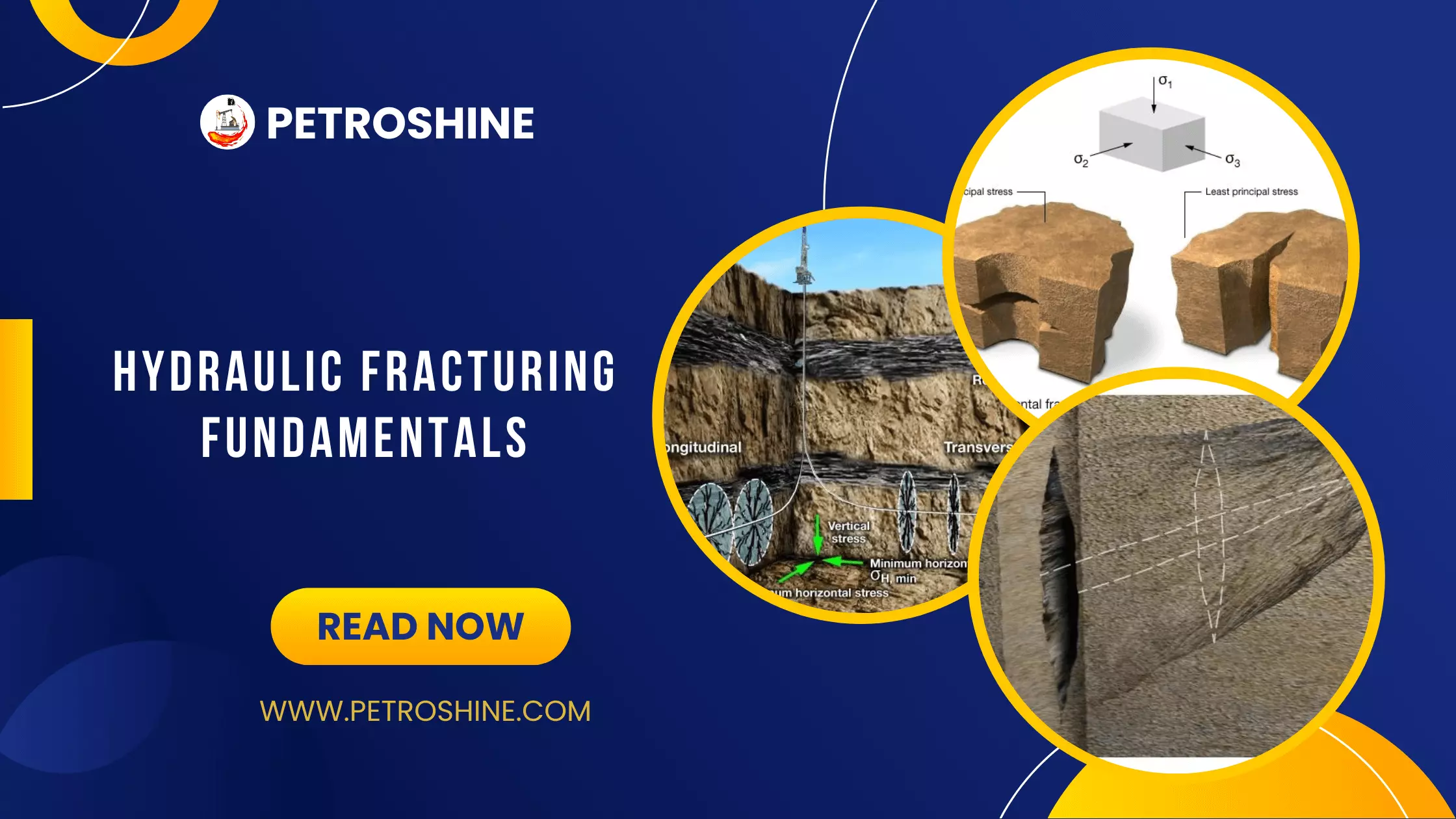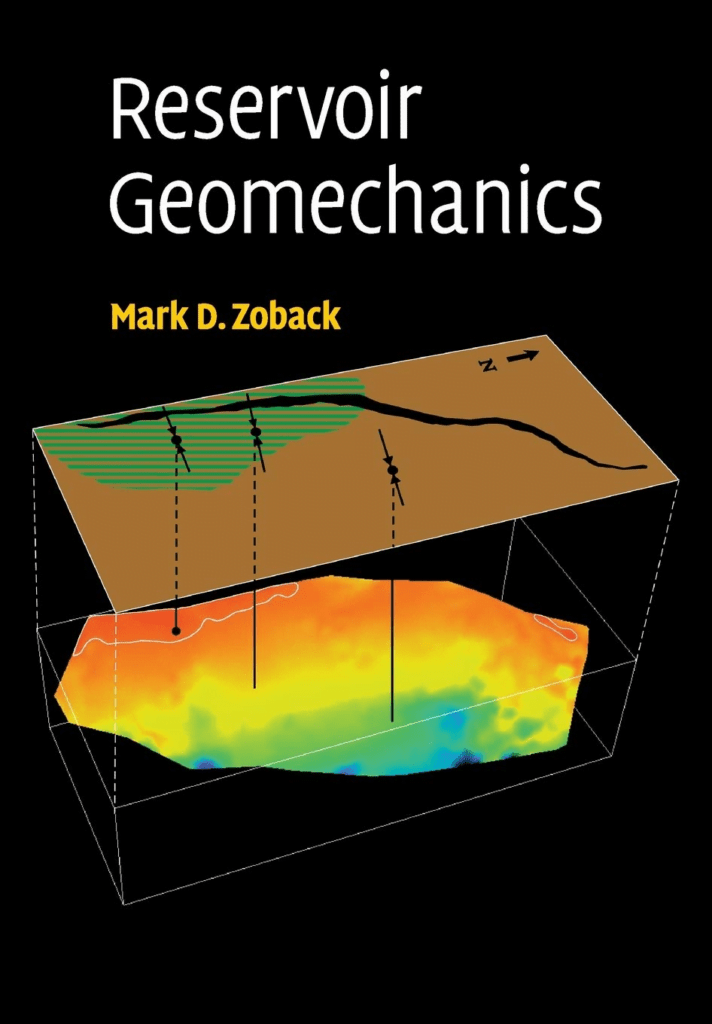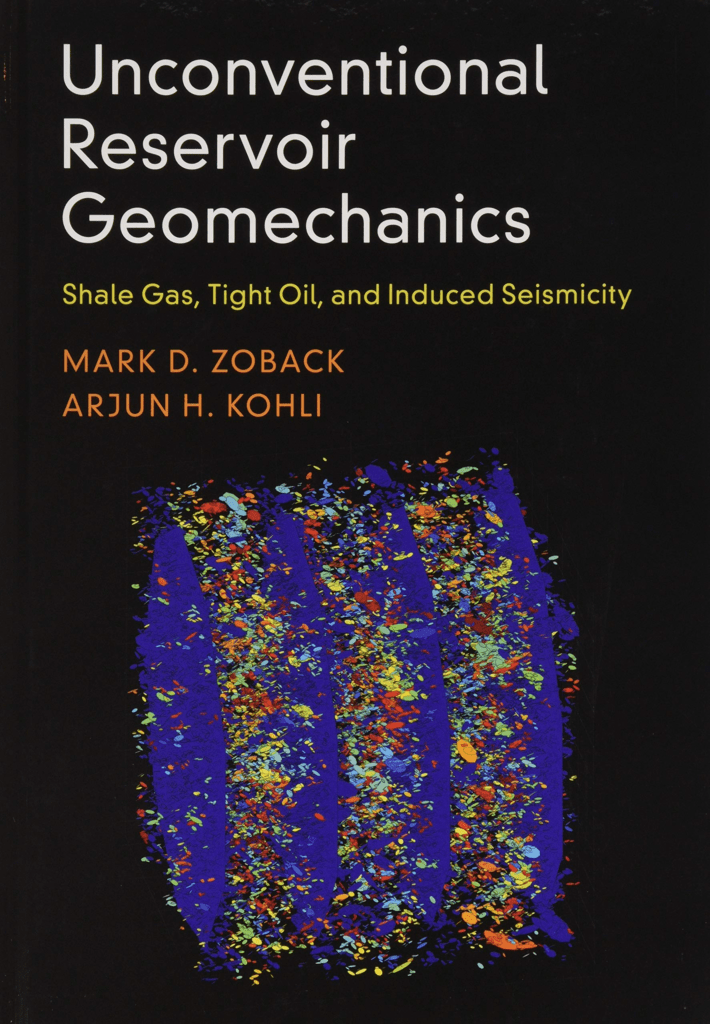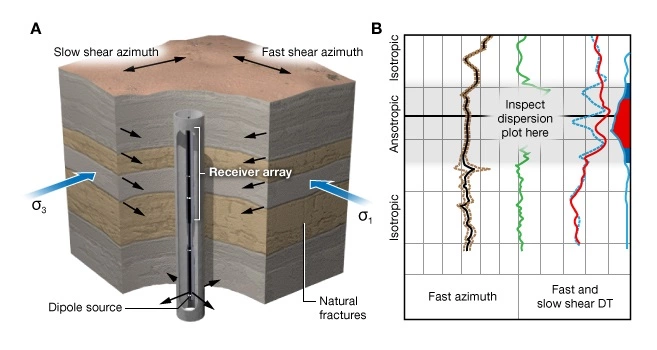Assignment Mechanical Earth Model
Your manager has asked you to brief him/her on the value of a Mechanical Earth Model (MEM) and steps that are involved with creating one. List the steps for completing an MEM and how data may be acquired during each step.
Solution
Mechanical Earth Models are valuable for all stages of upstream (exploration, development and production). MEMs span the entire stratigraphic section from the surface of the earth to below the reservoir or other zone of interest, and it comprises the best current information about:
- Geologic structure
- Permissible rock deformation mechanisms
- Rock mechanical properties
- State of stress
- The data audit involves collecting information such as geological, seismic, and drilling data, borehole measurements and rock sample information; this will give the geoscientist the opportunity to see what data is missing and begin planning. Frequently petrophysical data that may have already been acquired can be used to make calculations at various steps within the MEM workflow.
- The framework model captures information about the contemporary stress regime and the geologic history of the location and tells you what to look for in the data when constructing the MEM.
- The mechanical stratigraphy classifies strata according to the nature of the continuous load-bearing solid phase, either grain-supported or clay-supported facies.
- Elastic properties can be calculated fairly easily using sonic and density log data.
- Profiles of the rock strength parameters are derived from data used to construct the mechanical stratigraphy and elastic property profiles.
- Overburden stress is calculated by integrating bulk density over depth.
- Pore pressure can be calculated using compressional wave velocity (
 ), deep resistivity and overburden stress
), deep resistivity and overburden stress  as input data.
as input data. - Minimum horizontal stress can be determined using either an elastic or inelastic model using data from mechanical stratigraphy.
- Maximum horizontal stress is often represented using the poroelastic strain model since it is calculated when using elastic strains to calibrate the
 profile.
profile. - Horizontal stress direction can be generated at any time since it does not use inputs from other MEM profiles. However, you gain a deeper understanding of the regional geomechanics if done as Step 10.
Frequently Asked Questions (FAQs)
What is the role of the Mechanical Earth Model in reservoir geomechanics?
The Mechanical Earth Model plays a crucial role in reservoir geomechanics by providing a comprehensive understanding of the mechanical properties of subsurface formations. It aids in optimizing reservoir management strategies, wellbore stability analysis, hydraulic fracturing design, and accurate production forecasting.
How is the Mechanical Earth Model used in reservoir management?
The Mechanical Earth Model is used in reservoir management to optimize various aspects of operations. It helps in characterizing reservoirs, assessing wellbore stability, designing hydraulic fracturing treatments, and accurately forecasting production.
Why is understanding the mechanical behavior of reservoir rocks important?
Understanding the mechanical behavior of reservoir rocks is crucial for effective reservoir management. It helps in identifying potential risks such as wellbore instability, optimizing production strategies, and ensuring the safe and sustainable extraction of hydrocarbons.
What are the benefits of using the Mechanical Earth Model?
The benefits of using the Mechanical Earth Model include improved reservoir characterization, enhanced wellbore stability analysis, optimized hydraulic fracturing design, accurate production forecasting, and effective risk mitigation.
How does the Mechanical Earth Model contribute to reservoir characterization?
The Mechanical Earth Model provides insights into the stress distribution, rock strength, and elastic properties of reservoir rocks, allowing for a detailed reservoir characterization. This information is crucial for accurate reservoir modeling and simulation.
In what ways does the Mechanical Earth Model assist in wellbore stability analysis?
The Mechanical Earth Model helps in assessing wellbore stability by considering the mechanical behavior of the rocks surrounding the wellbore. It aids in identifying potential instability issues and allows for the optimization of drilling parameters to mitigate risks.
Assessment Mechanical Earth Model
1. Geomechanics obtains data from multiple technical disciplines. Which of the following disciplines is not a common data source for geomechanical models?
A .Petrophysics
B .Geology
C .Geochemistry
D .Geophysics
2. In which spatial domain is collecting rock samples not necessary?
A .Overburden
B .Underburden
C .Reservoir
3. What is the first step in constructing a Mechanical Earth Model?
A .Construction of a framework model
B .Determination of elastic properties
C .Determination of overburden stress
D .Data audit
4. The primary purpose for a Mechanical Earth Model is to ________ .
A .provide data supporting a geomechanical analysis
B .predict the stress history of the region of interest
C .model wellbore stability
D .replace reservoir models
5. Which of the following provide the context for developing Mechanical Earth Model profiles? (Select all that apply.)
A .Mechanical stratigraphy
B .Pore pressure
C .Framework model
D .Mechanical properties
E .Principal stresses
6. What are the subsurface domains involved with the creation of a MEM in an area of interest? (Select all that apply.)
A .Surface topography
B .Reservoir
C .Overburden
D .Deep bedrock
E .Underburden
7. Overburden stress is calculated by integrating __________ over depth.
Recommended for You
Fundamental Concepts of Reservoir Geomechanics
Hydraulic Fracturing Fundamentals
 Petro Shine The Place for Oil and Gas Professionals.
Petro Shine The Place for Oil and Gas Professionals.





